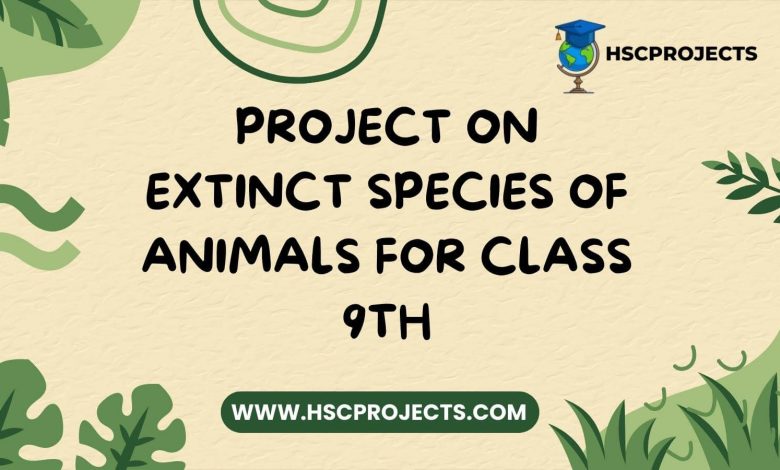
Project On Extinct Species Of Animals For Class 9th
Introduction
Greetings, fellow natural world enthusiasts! Within this project, we plunge into the enthralling domain of extinct animals that once graced our planet. It’s a voyage across the ages to unearth creatures that have bid our world adieu, all the while provoking contemplation on the imperatives of conservation. Our extensive research has unearthed the sagas of 10 exceptional extinct species, each possessing its own distinctive narrative to share.
Species Details
- Dodo Bird
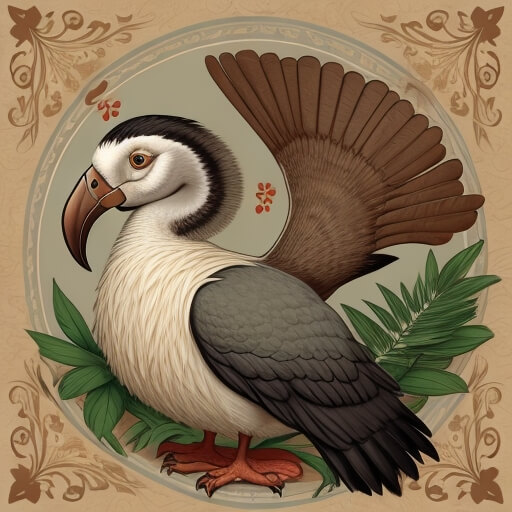
The Dodo Bird, scientifically known as Raphus cucullatus, was a remarkable creature celebrated for its distinctive appearance. It stood at an impressive one meter in height and sported a plump, rounded body adorned with soft gray feathers. Perhaps its most striking feature was its substantial, curved beak, ideally suited for munching on fruits and seeds. With its small, stubby wings, flight was never an option for this bird.
Lifespan: Dodos were known to grace our planet for approximately 20 to 30 years.
Weight: These magnificent birds typically tipped the scales at a range of 10 to 23 kilograms.
Habitat: The Dodo Bird hailed from the picturesque island of Mauritius in the Indian Ocean, finding its sanctuary within the lush embrace of the island’s dense forests.
- Tasmanian Tiger (Thylacine)
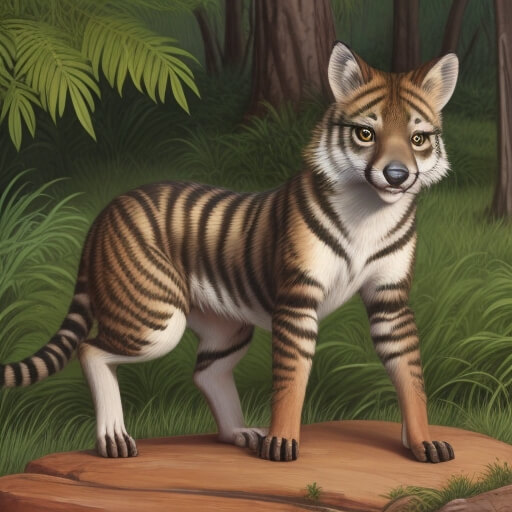
The Tasmanian Tiger, scientifically labeled Thylacinus cynocephalus, was a marvel of marsupial evolution, resembling a sizeable canine companion. Its sandy or yellow-brown fur was adorned with dark stripes, earning it the moniker “Tasmanian Tiger.” A kangaroo-like tail added to its unique charm, and it bore its young within abdominal pouches.
Lifespan: In the wild, the Tasmanian Tiger roamed for about 5 to 7 years.
Weight: These creatures carried a weight ranging from 15 to 30 kilograms.
Habitat: Thylacines called Tasmania, Australia, and New Guinea home, adapting to various environments, from forested realms to open grasslands.
- Quagga
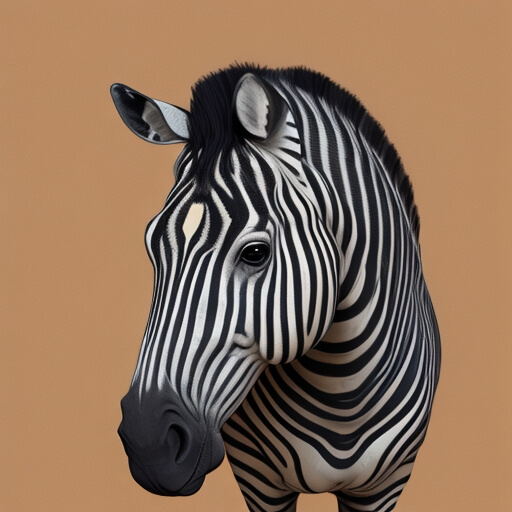
The Quagga (Equus quagga quagga) was a captivating creature reminiscent of a horse’s form, with an enchanting twist. Its front half bore striking brown and white stripes, resembling a zebra’s attire, while the rear half elegantly displayed a solid brown coat. This captivating contrast made the Quagga an unforgettable member of the equine family.
Lifespan: Quaggas enjoyed an estimated 15 to 20 years of life.
Weight: These magnificent creatures tipped the scales at an impressive 200 to 300 kilograms.
Habitat: Native to the grasslands of Southern Africa, Quaggas graced the open savannas with their unique presence.
- Carolina Parakeet
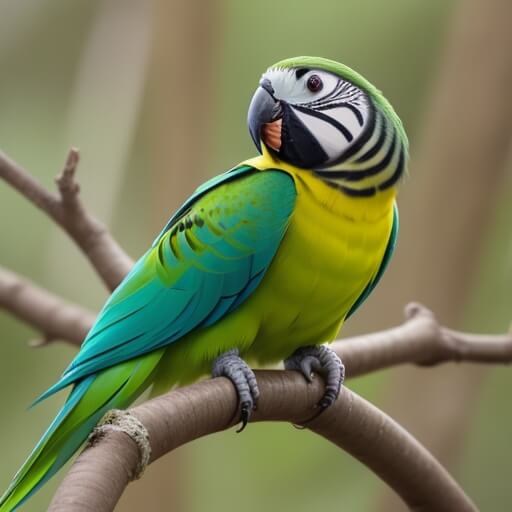
The Carolina Parakeet (Conuropsis carolinensis) was a diminutive, brilliantly hued parrot, native to the eastern and central United States. Its dazzling emerald feathers, complemented by a sunny yellow head and a fiery red-orange face, made it a true avian gem. Regrettably, the splendor of this bird has been absent from our skies since the early 20th century.
Lifespan: These vibrant parakeets fluttered through life for an estimated 5 to 7 years in the wild.
Weight: Carolina Parakeets boasted a weight of around 50 to 55 grams, making them delicate yet dazzling.
Habitat: They graced the woodlands, swamps, and forests of North America with their vibrant presence.
- Great Auk

The Great Auk (Pinguinus impennis) was a sizable, flightless marvel, reminiscent of its distant penguin cousins. Its attire featured a black back, contrasting beautifully with a snowy white belly, and a conspicuous white patch behind its eyes. This species was renowned for its prowess in aquatic realms, utilizing its flipper-like wings to propel itself gracefully beneath the ocean’s surface.
Lifespan: Great Auks navigated life’s waters for approximately 10 to 15 years.
Weight: They bore a weight of approximately 5 kilograms, displaying impressive heft.
Habitat: The Great Auk was a denizen of the North Atlantic region, particularly finding refuge on rugged islands.
- Steller’s Sea Cow
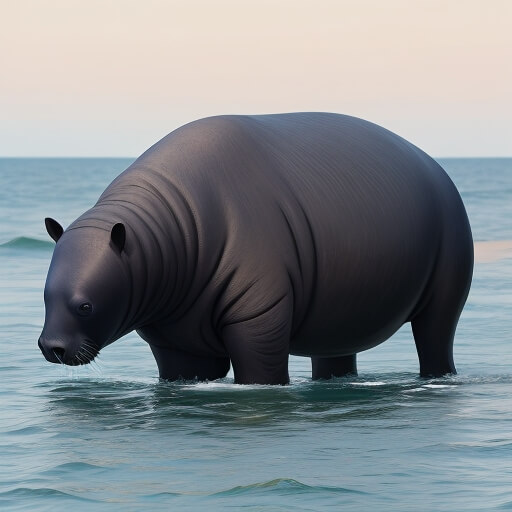
Description: Steller’s Sea Cow (Hydrodamalis gigas) was an immense marine mammal that thrived in the frigid waters of the Bering Sea. It boasted a colossal, cylindrical body, stretching to lengths of an impressive 7 to 9 meters, enveloped in a thick, earthy-gray hide. Its head featured a broad, square-shaped snout, notably devoid of external ears.
Lifespan: These gentle behemoths were thought to journey through life for a span of 20 to 30 years.
Weight: Steller’s Sea Cows were true leviathans, with a jaw-dropping weight ranging from 8 to 10 tons.
Habitat: Inhabiting the icy waters of the Bering Sea, they sustained themselves by feasting on kelp and other maritime greenery.
- Saber-Toothed Cat (Smilodon)

Description: Smilodon, known colloquially as the Saber-Toothed Cat, ruled as a formidable predator during the Pleistocene era. It sported a sturdy physique, short legs, and boasted a pair of colossal, curving canine teeth that could reach an astonishing 28 centimeters in length. Despite its fearsome visage, Smilodon was distantly related to the contemporary big cats such as lions and tigers.
Lifespan: Smilodon walked the ancient Earth for an estimated duration of 10 to 20 years.
Weight: These cats carried a considerable weight, typically ranging from 160 to 280 kilograms.
Habitat: Roaming the landscapes of North and South America, Smilodon frequently traversed grasslands and open woodlands.
- Woolly Rhino
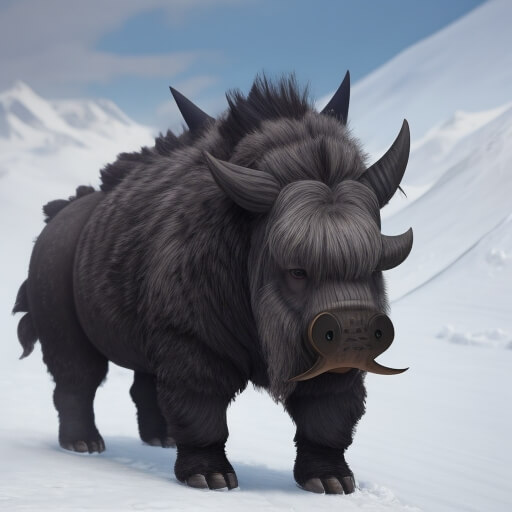
Description: The Woolly Rhino (Coelodonta antiquitatis) was a prehistoric rhinoceros that had evolved to endure the harsh conditions of the Ice Age. It boasted a robust build, a hump of fat upon its back, and a luxuriant coat of woolly hair, a survival adaptation for the frigid climates it called home.
Lifespan: Woolly Rhinos were estimated to traverse the ancient tundra for approximately 20 to 30 years.
Weight: These mighty rhinoceroses carried an impressive bulk, weighing in between 2,300 to 3,800 kilograms.
Habitat: Their domain encompassed the icy realms of Ice Age Eurasia, from the plains to the tundra.
- Moas
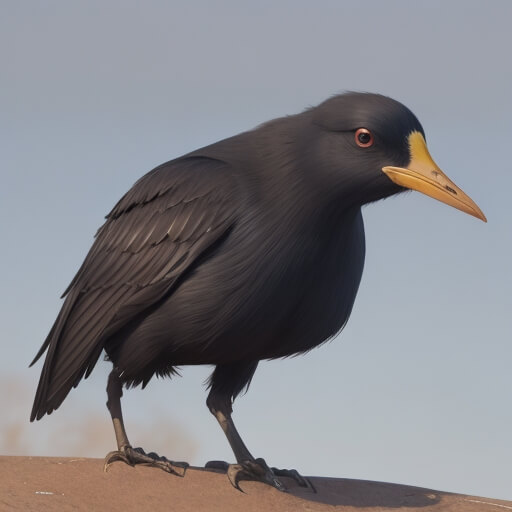
Description: Moas constituted a family of flightless avians native to the stunning landscapes of New Zealand. Diverse in their species, some reached staggering heights of up to 4 meters. Moas possessed long necks, sturdy legs, and a relatively diminutive head equipped with a beak adapted for grazing on vegetation.
Lifespan: Moas’ lifespans varied depending on their species.
Weight: Weight diverged considerably among species, with some scaling up to 230 kilograms.
Habitat: Moas left their mark in New Zealand’s diverse ecosystems, from lush forests to expansive grasslands and lofty mountains.
- Irish Elk (Megaloceros)
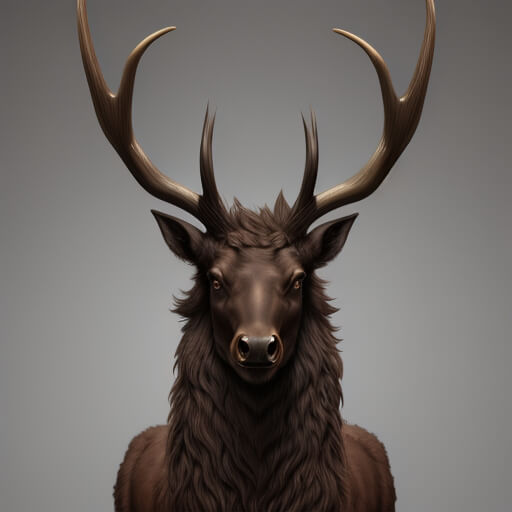
Description: The Irish Elk (Megaloceros giganteus) was a colossal species of deer that thrived during the Ice Age. It garnered acclaim for its magnificent, sprawling antlers, which could span an impressive 4 meters. Despite its name, the Irish Elk’s presence extended well beyond Ireland, gracing the landscapes of Eurasia.
Lifespan: Irish Elks embarked on a journey of life, spanning an estimated 10 to 15 years.
Weight: These majestic creatures bore a substantial weight, typically tipping the scales at about 500 to 700 kilograms.
Habitat: They roamed the Ice Age terrains of Eurasia, venturing through the forests and sweeping grasslands.
These meticulously detailed descriptions provide a comprehensive glimpse into the remarkable lives of these 10 extinct species, once prominent inhabitants of our planet.
Conclusion
As we reach the culmination of our expedition into the realm of extinct creatures, a profound sense of loss washes over us. Each of these remarkable species held a distinctive role in the intricate tapestry of nature. Their absence serves as a poignant reminder of the imperative role of conservation and our duty to safeguard the biodiversity of our planet.
Through our exploration of these extinct beings, we glean invaluable insights into the repercussions of human actions on our environment and the pressing demand to shield the endangered species that still grace our world. Let us take this newfound knowledge and transform it into a clarion call for a sustainable and harmonious coexistence with the natural world.
Certificate
[Your School Logo] Certificate of AchievementThis certificate acknowledges that [Your Name], a diligent student of the 9th grade at [Your School Name], has successfully concluded the project titled “Unveiling the Vanished: Extinct Animal Species.” This endeavor underscores exemplary research, unwavering commitment, and a profound enthusiasm for the field of environmental science.
Date of Accomplishment: [Date] Teacher’s Signature: ____________________
Bibliography:
- Dixon, Dougal. “Extinct Animals: An Encyclopedia of Species that Have Disappeared During Human History.” Greenwood, 2011.
- Barnosky, Anthony D. “Dodging Extinction: Power, Food, Money, and the Future of Life on Earth.” University of California Press, 2014.
- Martin, Paul S. “Twilight of the Mammoths: Ice Age Extinctions and the Rewilding of America.” University of California Press, 2007.
- Holdgate, Martin W. “The Green Web: A Union for World Conservation.” Springer, 1994.
In order to download the PDF, You must follow on Youtube. Once done, Click on Submit
Follow On YoutubeSubscribed? Click on Confirm
Download Project On Extinct Species Of Animals For Class 9th PDF






